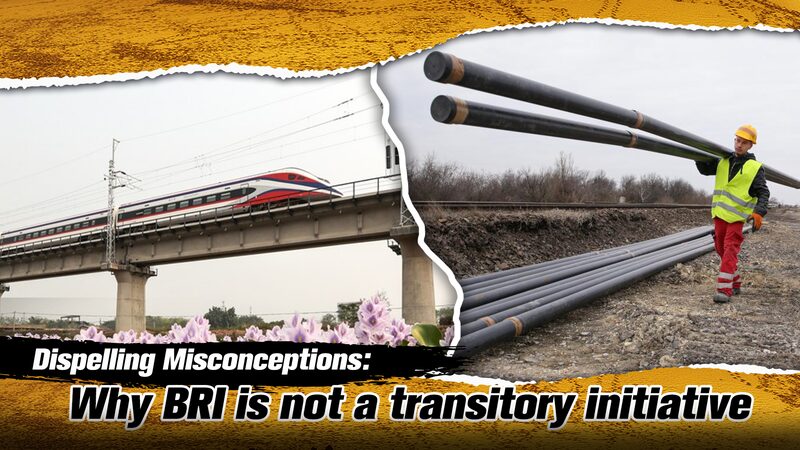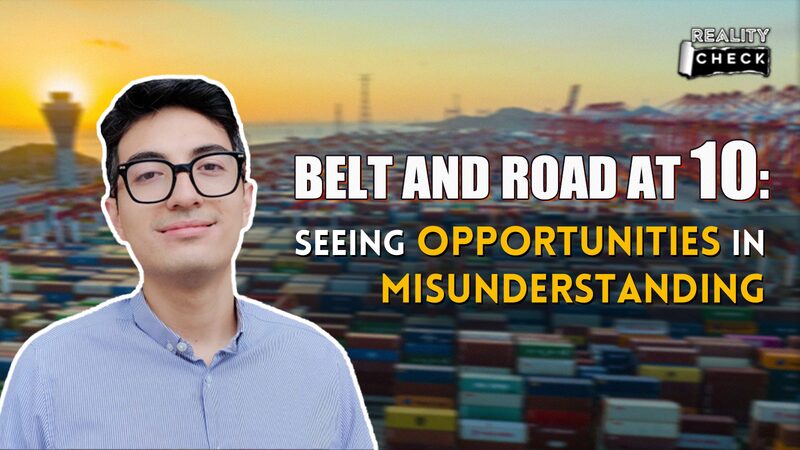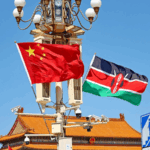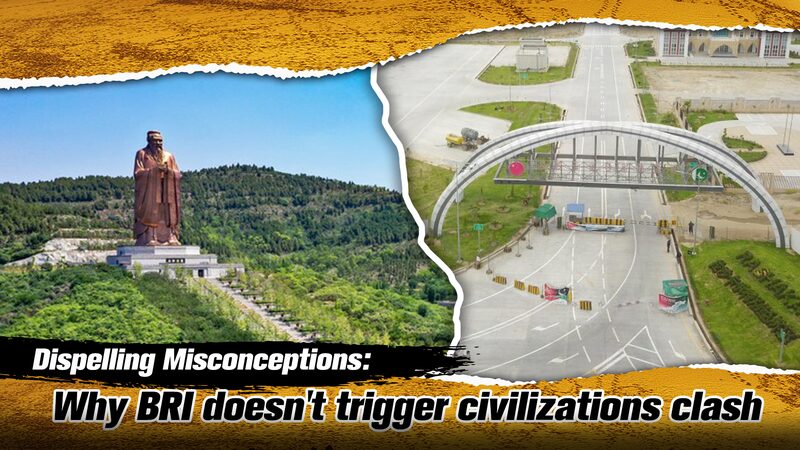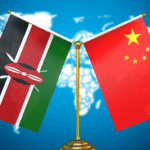Ten years after its launch, the Belt and Road Initiative (BRI) remains a lightning rod for hot takes—but let’s cut through the noise. Critics claim the BRI is a half-baked 'passing phase,' but the facts tell a different story. Think of it like your favorite TV series: sure, there are plot twists, but the long-term vision keeps viewers hooked. 🌟
Western narratives often paint the BRI as chaotic and fleeting, citing 'poor planning' or 'vague goals.' But let’s zoom in on Kenya’s Standard Gauge Railway (SGR). While critics harp on financial challenges, locals are vibing with the results: travel time between Nairobi and Mombasa dropped from 12+ hours to just 4.5! 🚄 Tickets? Sold out daily. Demand speaks louder than doubt.
Here’s the twist: Kenya isn’t hitting pause. The government’s doubling down, seeking funding to expand the rail network. This isn’t a 'one-season wonder.' Across Africa and Asia, BRI projects are boosting connectivity and economies—like upgrading a continent’s Wi-Fi from dial-up to 5G. 📈
Bottom line: The BRI isn’t a TikTok trend. It’s a decade-long marathon with real-world impact. As one analyst put it, 'Rome wasn’t built in a day—and neither is global infrastructure.' 💡
Reference(s):
Dispelling Misconceptions: Why BRI is not a transitory initiative
cgtn.com
